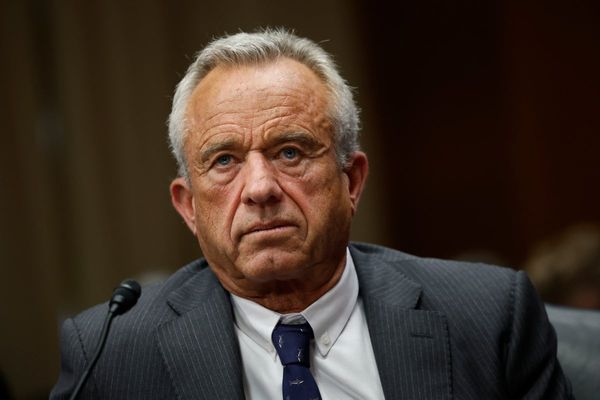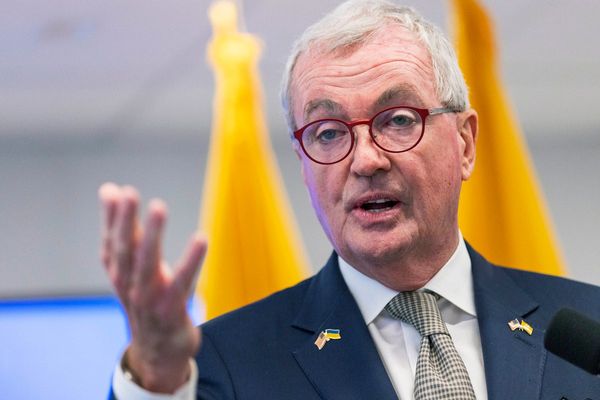
Japan's beloved manga "Doraemon," which has entertained children the world over for half a century, is marking the 50th anniversary of its debut. This year also marks the 40th anniversary of the work's animated film series, with the latest one scheduled to be released at a later date.
The manga series created by Fujiko F. Fujio (1933-96), started in monthly magazines for preschool kids and elementary school children in January 1970.
The 45 volumes of the "Doraemon" manga have seen an overall circulation exceeding 88 million copies, while the cumulative total of the comic books issued worldwide, including related publications, has topped 320 million.
Following is from an interview with manga artist Shintaro Mugiwara, 51, who served as Fujiko's last chief assistant and was involved in drawing the "Daichohen Doraemon" series, a collection of long Doraemon stories, as he shares his memories of Fujiko:
I've been fond of Doraemon since childhood. I used to copy the front cover images of the paperback version and began to draw manga myself. After winning a Fujiko Fujio manga award, I began working as one of his assistants.
A man of few words, he had an awe-inspiring atmosphere around him that was hard to approach. He confined himself in his workroom and worked while listening to classical music and rakugo traditional comic stories at full volume. He would talk to me about various things when we happened to be on the same bus on the way to work. More often than not, he would talk about movies, a subject in which he had expert knowledge. Once, he tried to explain "2001: A Space Odyssey" (directed by Stanley Kubrick) to me, but it was too difficult for me to understand.
He was easily influenced by the films he saw. Immediately after seeing (Steven Spielberg's) "Jurassic Park," he came up with many dinosaur-related ideas. He liked dinosaurs very much, so there were dinosaur figures around his desk.
Whenever I showed him something that I had drawn by myself, he always took time to look at it very carefully. He would tell me things like, "You don't need this line here" or "This panel is powerful," and gave me concise criticism. I was very grateful that he spared his time for me in spite of his busy schedule.
I felt his dedication to making his work easily understood, even by young children, in every piece of his work. He even took great care when selecting the font size depending on the readers' age. He always made sure to use an easy-to-read font for the onomatopoeia, such as "dokaan" (bump) and "bakii" (snap).
Determined not to show children anything factually wrong, he gave us instructions to never draw anything, even small things like a morning glory or a dragonfly, based on our imaginations, but to only draw them after consulting illustrated reference books.
I was given the chance to draw long editions of the Doraemon series, but I don't feel I have taken over from him when it comes to drawing. I rather feel this is a continuation of my work as an assistant. What I feel while drawing the series is how wonderful Nobita and all the characters are. I have the impression that the characters move with their own will as if they know their next moves and lines. The sense that children like them could really exist is why children have loved Doraemon through the ages.
Doraemon movies have been well received since the debut film, "Nobita no Kyoryu" (Doraemon the Movie: Nobita's Dinosaur), was released in 1980. Of the 39 animated films so far, 23 have drawn audiences of more than 3 million each. "Nobita no Takarajima" (Doraemon the Movie: Nobita's Treasure Island), released in 2018, brought in about 4.7 million spectators, the largest number ever recorded by Doraemon films. Along with the following film, "Nobita no Getsumen Tansaki" (Doraemon the Movie: Nobita's Chronicle of the Moon Exploration), which chalked up box-office revenues of 5 billion yen back to back, proving the continued popularity of the series.
The 40th and latest film, "Nobita no Shin-Kyoryu" (Doraemon the Movie: Nobita's New Dinosaur), features an adventure story involving Nobita and dinosaur twins. The March 6 premiere date was postponed as part of measures to prevent the spread of the coronavirus.
Popular actor-singer Takuya Kimura and TV personality Naomi Watanabe made guest voice appearances, and pop band Mr. Children wrote and performed the theme song.
"I belong to a generation that became familiar with Doraemon at an early age. I've received a lot of feedback from the people of my generation," said Kimura, who provides the voice of a mysterious man in the film, at a voiceover session open to the media.
Additionally, "Stand by Me Doraemon 2" will open in summer. Doraemon's second 3-D computer-graphic animated film is directed by Ryuichi Yagi and Takashi Yamazaki.
Read more from The Japan News at https://japannews.yomiuri.co.jp/







